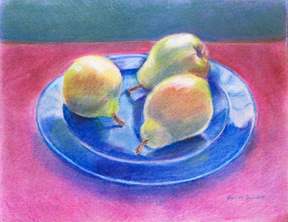At its heart, Ingredients looks not only at the nutritional value of unprocessed food but also at its aesthetic value. Farmers and restaurateurs share their knowledge and appreciation for real food as well as the process of taking it from the earth to your table. Many food documentaries share a disdain for our current cultural habits in our food choices. However, Ingredients highlights something as natural to us as the food it praises, and that is relationship. People may not commonly digest the concept of beauty and relationship with food, but everyone can grasp a need and a desire to connect with people. This film encourages you to ask, “Who is the person behind my food?” As our culture explores less-processed foods, cutting down obesity (especially in our youth), and the widespread need for allergen-free foods, many people are starting to wonder about where our food comes from and what’s really in it. Ingredients gets into the heads, hearts, and even the homes of people who have healthy relationships with food and desire to make a living by connecting good food and the public at large. There is a nod to the past, to the traditional ways of gathering food, that seems to want to push its way back into our culture but is in tension with our intense and constant demand for quick, easy options and our desire to eat foods from wherever we want, whenever we want. Ingredients acknowledges this collision between thought and practice and seems to break things down to a very simple value. It starts at your local farm or farmers market. It starts at restaurants that are dedicated to using locally grown foods. It starts on field trips during which children are shown where food comes from, at places where they can be part of the process and taste the goodness of food firsthand. Ingredients makes a firm but sincere statement about food and the direction that it needs to take, with a loving invitation to us to partner with those making it happen so that they can continue to do so bringing natural foods from the earth to our tables.
by Erica Nevius




